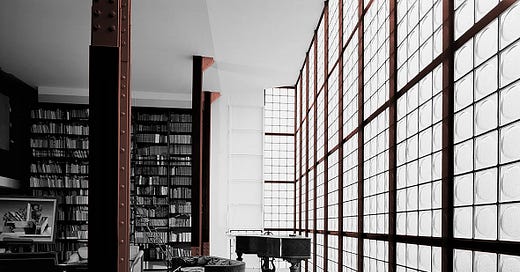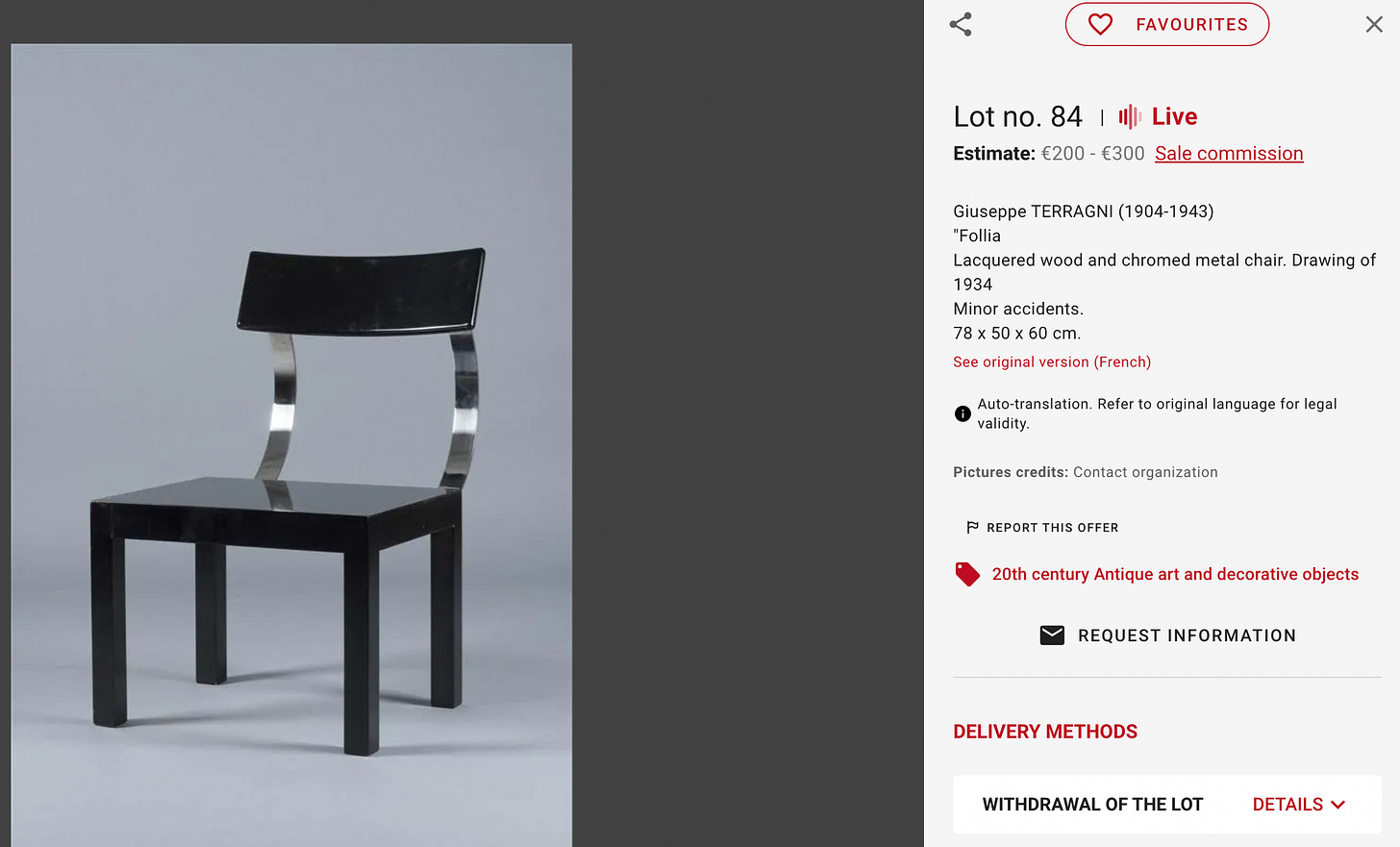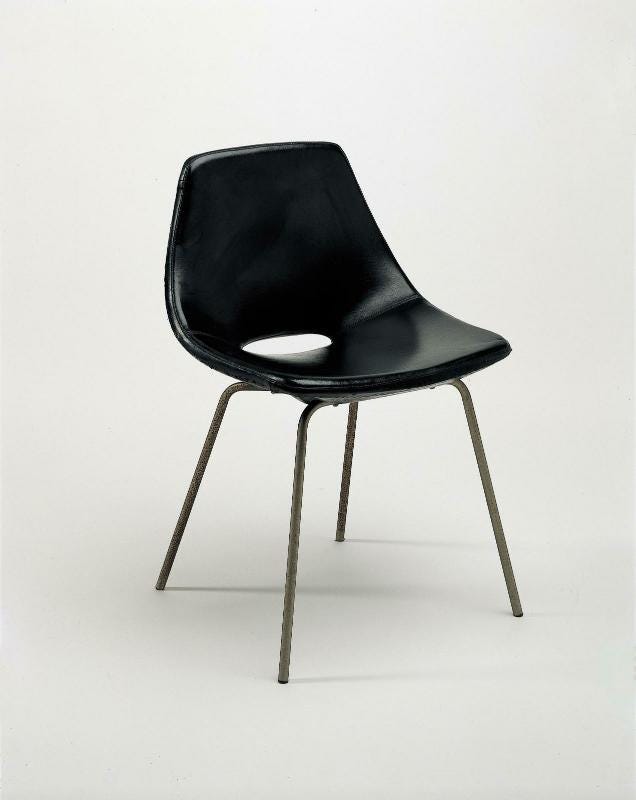1stDibs vs. Auctions: The Truth About Pricing (And How to Win)
The CuratedDotCom Guide to Buying Design Gems at Auctions
Buying at auction is one of the best ways to find unique design pieces at great prices—but it requires some knowledge and patience. While galleries and dealers often source from auctions, the process can be intimidating if you’re not familiar with it. Our goal at CuratedDotCom is to simplify this by finding and sharing curated design gems from upcoming auctions, helping you discover pieces that might otherwise go unnoticed.
If you're new to auctions or looking to refine your strategy, this guide covers everything you need to know to bid with confidence.
1. Where to Buy: The Best Auction Platforms & Houses
Not all auctions are equal. Some specialize in obscure treasures, others in high-end collectible design. Here’s where to start:
Major Auction Houses: Phillips, Sotheby’s, Christie’s, Wright, Piasa (high-end, sometimes accessible deals on overlooked pieces)
Mid-Tier & Local Houses: Drouot, Dorotheum, Tajan, Ader (where underpriced gems appear most often)
Online Aggregators: LiveAuctioneers, Invaluable, The Saleroom, Barnebys (connects to hundreds of auction houses worldwide)
Lesser-Known Niche Auctions: Local Scandinavian auctions (Bukowskis, Bruun Rasmussen), Germany’s Van Ham, French regional sales.
The Challenge: There are hundreds of auctions happening every day, and tracking them all can be overwhelming. We help by filtering only the most interesting pieces and sharing them with you.
2. Understanding Auction Estimates & Hidden Fees
Before bidding, it's crucial to understand how auction pricing works:
Estimate Ranges Are Just a Guide: Low estimates can attract bidders, but final prices can vary widely.
Buyer’s Premium & Fees: Expect 25-30% in buyer’s fees on top of your winning bid. Some houses charge VAT as well.
Shipping Costs: Factor in shipping fees, especially for larger pieces or international purchases.
Reserves & Minimum Bids: Some pieces have undisclosed minimum prices, meaning a low bid may not be accepted.
How We Help: We take these factors into account when selecting pieces to feature, ensuring that every recommendation represents a potential good deal.
3. Case Study: Finding a Giuseppe Terragni Chair at Auction vs. Retail
A great example of the power of auctions is this Giuseppe Terragni 'Follia' chair. Recently, it was listed in a local Toulouse auction, south of France with an estimate of €200-300, while the same chair is available on 1stDibs for €3,368. By the way, this is exactly how galleries source their inventory.
Auction Price Breakdown:
Hammer Price Estimate: €200-300
Buyer’s Premium (30.6%): ~€60-90
Final Estimated Cost: €260-390 (before shipping)
Retail Price on 1stDibs:
Listed Price: €3,368
Potential Dealer Markup: 10x the low auction estimate
This kind of price disparity is exactly why auctions remain one of the best-kept secrets for sourcing high-end design at reasonable prices. At CuratedDotCom, we track these types of opportunities and bring them directly to you.
4. How to Assess the Right Buying Price
To make an informed bid, you need to know what a piece is actually worth. Here’s how to do it:
Step 1: Compare with Retail & Gallery Prices
1stDibs & Pamono: These platforms showcase high-end dealer pricing. Expect a 3-10x markup compared to auction prices.
Dealer Listings & Instagram Sellers: Many vintage dealers source from auctions and resell at premium prices.
Galleries & Showrooms: Check if the designer is currently represented by a major gallery, as this affects pricing.
Step 2: Check Past Auction Results
Barnebys, ArtPrice, and Auction House Archives: Search past sale results to see what similar pieces have sold for.
Price Trends: Some designers are gaining traction, while others remain undervalued. Recognizing patterns can help you spot opportunities.
Step 3: Factor in Condition, Rarity & Editions
Restoration Costs: A great deal can quickly become expensive if major repairs are needed.
Provenance & Originality: Pieces from notable collections or in original condition tend to hold their value better.
Limited vs. Open Editions: Some designs were produced in limited numbers, making them more valuable. A first edition or early production can fetch significantly higher prices than later reproductions.
Missing Parts & Alterations: Be cautious of pieces missing original elements, as this can impact value.
What We Do: We research and cross-check prices so that our subscribers can make informed bidding decisions with less effort.
5. Bidding Smart: Tips & Strategies
Bidding at auction requires discipline. Here’s how to approach it:
Set a Max Price & Stick to It: Consider all costs (hammer price + fees + shipping + restoration) before bidding.
Be Strategic About When You Bid: Avoid bidding too early, as this can drive up interest.
Use Odd Numbers: A bid of €1,540 might beat a rounded bid of €1,500.
Know When to Walk Away: It’s easy to get caught up in the excitement, but sometimes the best decision is not to bid.
How We Help: We highlight the most promising pieces and suggest estimated price ranges to help guide your decisions.
6. Avoiding Common Pitfalls
Even seasoned buyers make mistakes. Here are some to avoid:
Underestimating Fees & Costs: Always account for premiums, VAT, and shipping.
Skipping the Condition Report: Auction houses usually provide condition reports upon request—always check before bidding.
Not Having a Logistics Plan: If an item is located abroad, make sure you have a reliable shipping solution.
Why CuratedDotCom Exists
Auctions are an incredible source for finding design gems, but keeping track of sales, assessing pricing, and navigating fees takes a lot of time. That’s why we do the legwork for you—scouting upcoming auctions, selecting interesting finds, and delivering them straight to your inbox. Subscribe below to receive weekly listings!






